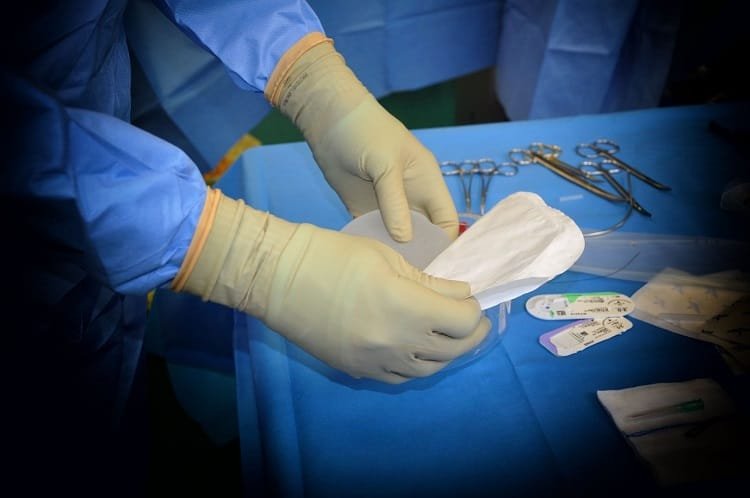Breast implants are pockets of liquid that are placed inside a breast to increase its size or adjust its appearance. There are two main kinds, containing either saline (salt water) or silicone (a squishy gel).
Let’s look at the fascinating history of breast implants and breast enlargement.

Back in 1895, the Austrian surgeon Vincenz Czerny, known as ‘the father of plastic surgery’, first performed breast reconstruction on a woman at the University of Heidelberg. He did it by moving a patient’s benign fat-based tumour, known as a lipoma, into the breast to correct asymmetry.
In early 1900, direct injections of paraffin, often combined with petroleum jelly and olive oil, were used. Unfortunately, this resulted in the formation of hard masses (also called paraffinomas) from foreign body reactions, accompanied by inflammatory reactions and tissue necrosis. Other “alternative” materials that have been used in the early days of breast augmentation include glycerine, autologous fat, ox cartilage, silicone oil and even snake venom, all of which carried a high risk of complications and mortality.
Fast forward to the late ’50s, some prosthetic materials like polyvinyl alcohol sponges and polythene tapes were used with unsatisfactory results. In 1961 American plastic surgeons Thomas Cronin and Frank Gerow invented silicone breast implants. These implants, called first-generation implants, were round-shaped and had a patch at the back to prevent them from rotating. An urban myth has it that Dr Gerow had the idea of the silicone implants while squeezing a plastic bag filled with blood and noticing that it felt like a woman’s breast, giving him the idea for a revolutionary invention.
Texan Timmie Jean Lindsey was the first woman to have the procedure. She received silicone breast implants, enhancing the size of her breasts from a B cup to a C cup, and was thrilled with the results.
In 1976, the U.S. Food and Drug Administration (FDA) started to regulate silicone breast implants, subjecting them to controls and performance standards. The second-generation implants were made to look and feel more natural, with a much thinner outer shell. This, however, resulted in an increased risk of implant rupture.
In response to rising safety concerns from women with implants, in 1988 the FDA changed the silicone implant’s classification from Class II to Class III medical devices, meaning that they needed approval from the FDA that they were medically safe before companies sold them to consumers.
![]()
In the 80s and 90s, the safety of silicone implants further came into question when patients started claiming that they caused autoimmune diseases and other complications. After much debate about the safety of silicone implants, the FDA banned their use in primary breast augmentation in 1992. They were still available for women undergoing reconstruction following mastectomy or for those who needed to replace silicone implants placed before the ban. During this time, saline-filled implants continued to be FDA approved for breast augmentation and became extremely popular.
In 2006, after evaluating the findings of multiple clinical studies conducted to assess the safety of silicone implants, the FDA lifted the ban, concluding that they do not cause autoimmune diseases. Silicone breast implants were allowed back on the market and remain available today for use in breast augmentation surgery for patients over 22 years old.
A great advancement for breast implants regards the shape. Until the 90’s, all implants were round-shaped. However, natural breasts are not round. Nowadays, implants have more of a teardrop shape, which is more anatomically accurate. Since its inception, breast implant surgery has come a long way. Patients now have a wide range of smooth or textured implants filled with either saline or silicone gel. Breast enlargement is the most popular cosmetic surgery procedure worldwide today and has helped countless women love the look of their breasts.
Another technique for breast enlargement that is becoming increasingly popular is fat transfer. This procedure involves removing fat from an area of the body where it is in excess and transfer it to the area that requires restoration or enlargement. Extensive research has shown that fat transfer, also called lipomodelling, is an effective non-invasive approach to obtain breast augmentation with long-lasting results for those women who do not feel comfortable with the idea of invasive surgery.

